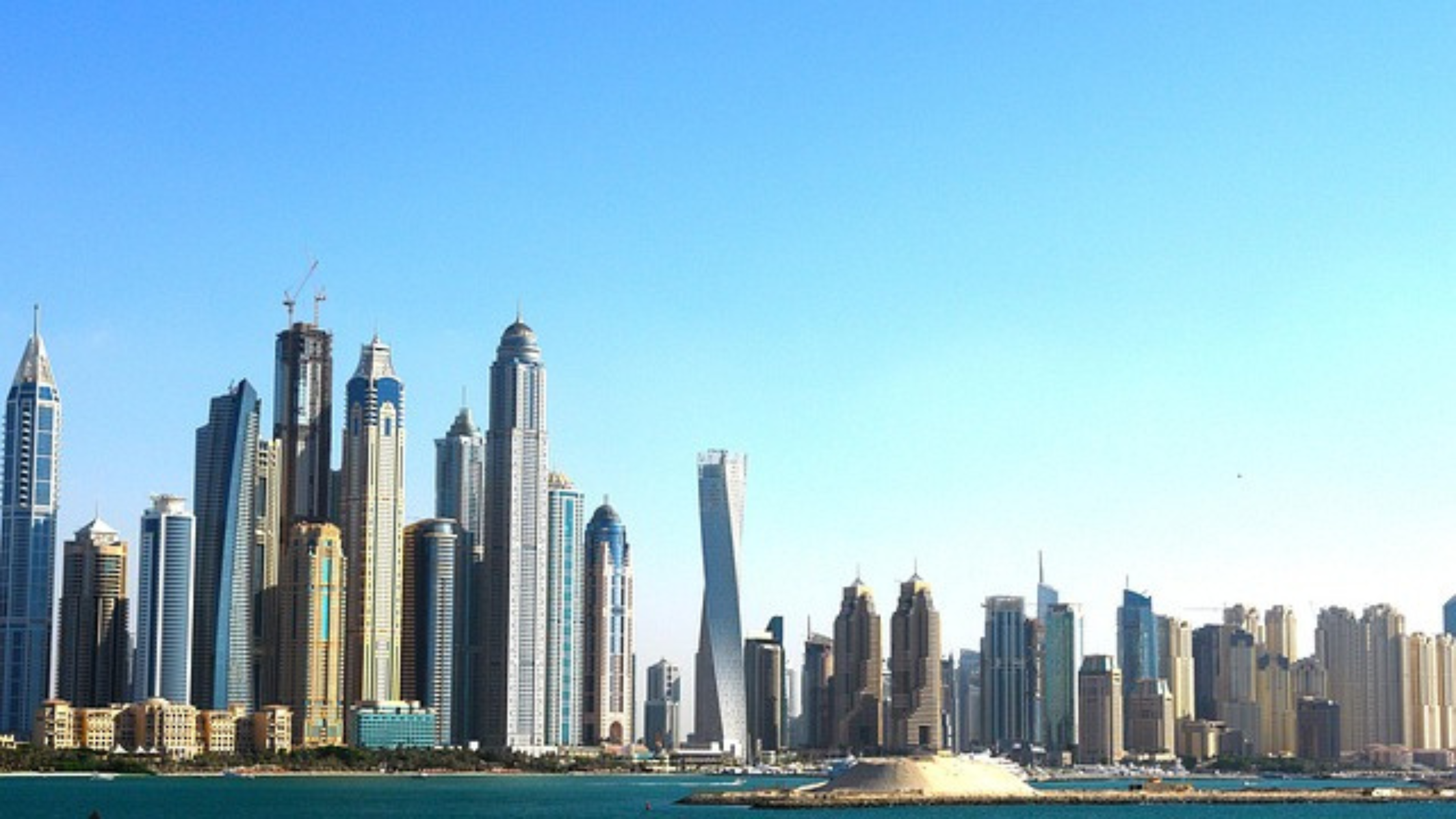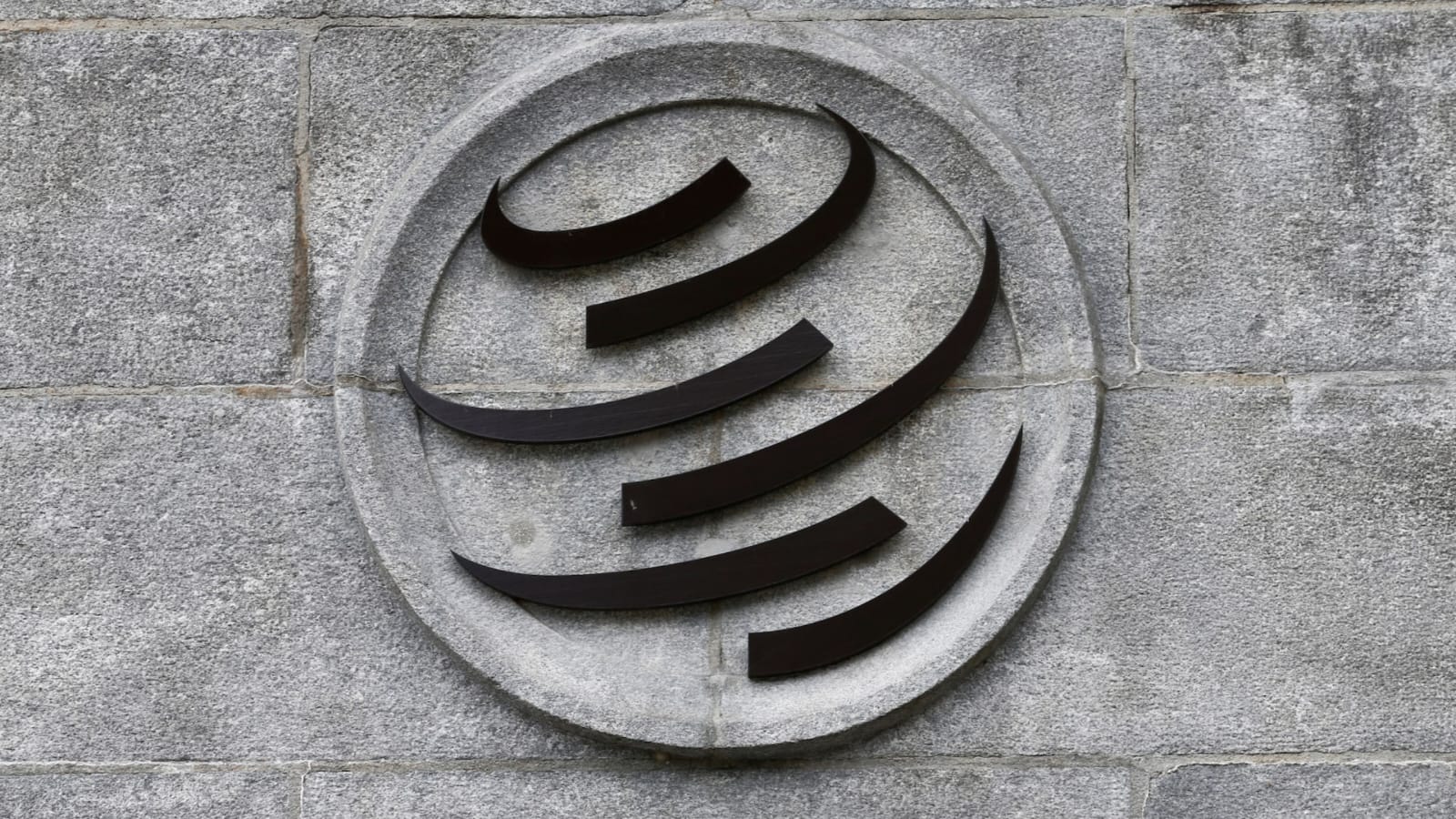The Vatican: A Papal Powerhouse and the World’s Smallest State

The Vatican, the smallest state in the world, is nestled within the heart of Rome, Italy. Despite its compact size, it exerts a profound influence over the world due to its significance as the headquarters of the Roman Catholic Church. Spanning only 44 hectares (109 acres), this independent sovereign entity houses the Pope, the supreme leader of the global Catholic community, alongside a population of roughly 900 residents. These residents include cardinals, priests, nuns, diplomats, and even laypeople like gardeners and cooks, making it a unique microcosm of the Catholic world. This article delves into the intricate workings of the Vatican and its role as both a religious and political powerhouse.
History of the Vatican: From Papal States to Sovereign City
The Vatican’s origins trace back to the Papal States, a collection of territories in central Italy ruled by the popes for over a thousand years. These lands were central to the papacy’s power and influence in medieval and Renaissance Europe. However, the rise of Italian unification in the 19th century led to the capture of Rome in 1870, marking the end of the Papal States. Pope Pius IX famously declared himself a “prisoner in the Vatican,” a sentiment that continued among subsequent popes. The dispute between the Holy See and the Kingdom of Italy was finally resolved in 1929 with the signing of the Lateran Accords, which established the Vatican City State as an independent entity under papal sovereignty. This accord formalized the Vatican’s status as both a religious center and a sovereign state.
The Pope’s Role: Supreme Leader of Both State and Church
At the heart of the Vatican lies the pontiff, the Pope, who holds supreme authority over both the Vatican State and the Catholic Church. The Pope is not only a spiritual leader, guiding 1.4 billion Catholics worldwide, but also the head of state of this tiny nation. His leadership extends to the governance of the Holy See, the ecclesiastical jurisdiction that represents the central governing body of the Catholic Church. The Pope wields significant influence in global diplomacy, advocating for peace, justice, and humanitarian causes. His role is both spiritual and temporal, blending religious guidance with statecraft.
Governance and Legal System: A Unique Political Entity
The Vatican’s governance is centered around the Holy See, a juridical entity under international law. The Holy See’s structure mirrors that of a state, with ministries that oversee various aspects of its operation, including finance, diplomacy, and the administration of the Church. The Vatican is governed by the Roman Curia, a complex bureaucracy made up of dicasteries, or ministries, that handle issues ranging from doctrine and doctrine enforcement to global Catholic relations. Though the Vatican’s legal system closely mirrors Italy’s, it operates on its own terms, with a small courthouse for criminal trials.
The papal authority extends to every corner of the Vatican, with the Pope being the final arbiter in matters of governance. This concentration of power in the hands of the pontiff makes the Vatican unique in its ability to blend religious authority with political rule, something few other nations can claim.
Daily Life in the Vatican: A Microcosm of the Catholic World
Life within the Vatican is unlike that in any other nation. While the vast majority of citizens are Roman Catholics, the Vatican’s residents include a range of individuals, from high-ranking cardinals to administrative workers. The Vatican is home to some of the most dedicated and influential figures in the Catholic Church, as well as those responsible for its day-to-day functioning, such as gardeners, cooks, and cleaners. Employment within the Vatican offers a range of benefits, including tax-free salaries, free medical care, and access to the Vatican’s own supermarket, post office, and pharmacy.
Despite its small size, the Vatican also boasts a tiny railway, the smallest national railway in the world, which provides transportation from the city-state into the greater metropolis of Rome. This blend of ecclesiastical grandeur and practical necessity is a hallmark of the Vatican’s daily life, ensuring that both the spiritual and temporal needs of its citizens are met.
Cultural and Religious Significance: A Global Symbol of Faith
Culturally, the Vatican is a treasure trove of religious and historical significance. The Vatican’s most famous landmark is St. Peter’s Basilica, one of the largest churches in the world, built over the tomb of St. Peter, one of Jesus Christ’s apostles. The adjacent St. Peter’s Square, where masses are held and millions gather for papal events, is a symbol of both the Church’s authority and its universal reach.
The Vatican is also home to priceless art and artifacts, including the works of Michelangelo and Raphael. The Sistine Chapel, with its iconic ceiling painted by Michelangelo, remains one of the most visited and revered sites globally. These religious and cultural landmarks draw millions of visitors each year, further cementing the Vatican’s importance as a spiritual and cultural beacon for Catholics and non-Catholics alike.
Financial and Administrative Structure: The Vatican’s Economy
The Vatican operates its own financial institutions, the most famous of which is the Institute for Religious Works (IOR), commonly referred to as the Vatican Bank. The IOR manages assets held by religious orders and organizations, including funds for charitable activities and the upkeep of the Church’s many global operations. Although it faced significant scandals in the late 20th century, the Vatican Bank has undergone substantial reforms to ensure its financial transparency and integrity.
In addition to the Vatican Bank, the Vatican has other sources of income, including donations from Catholics around the world, the sale of religious goods, and the entrance fees to its museums and galleries. Despite its financial independence, the Vatican remains a small entity, with its economy largely driven by its religious and cultural offerings.
A Tiny State with a Global Impact
The Vatican may be the smallest state in the world, but its influence stretches far beyond its 44 hectares. As the center of the Catholic Church, it plays a pivotal role in global religious, political, and cultural spheres. The Pope’s leadership, the Vatican’s unique legal and governance systems, and its rich history make it a remarkable example of a state that blends the sacred with the secular. In the heart of Rome, this tiny enclave remains a symbol of faith, power, and tradition, standing as a testament to the enduring influence of the Catholic Church.







